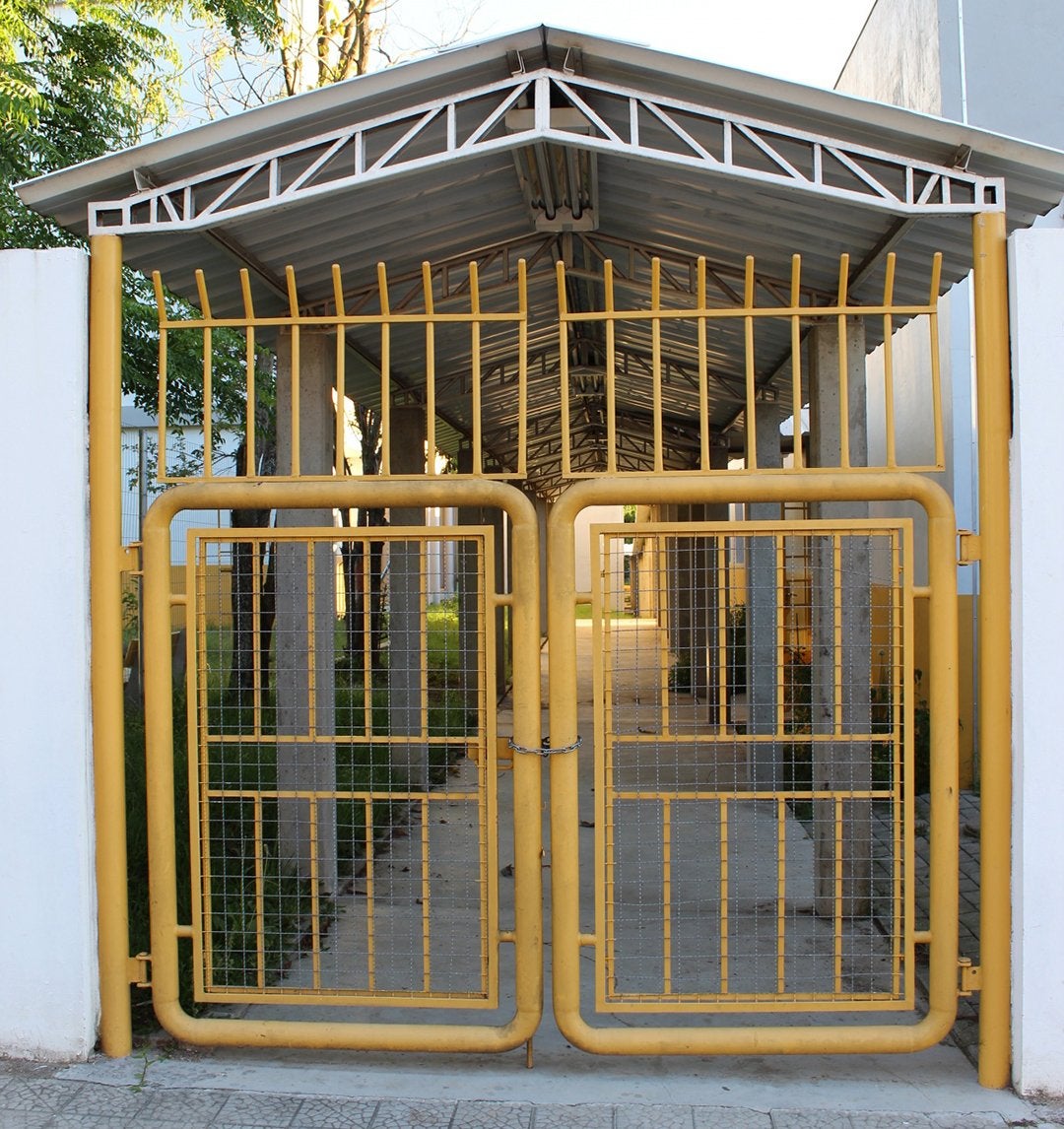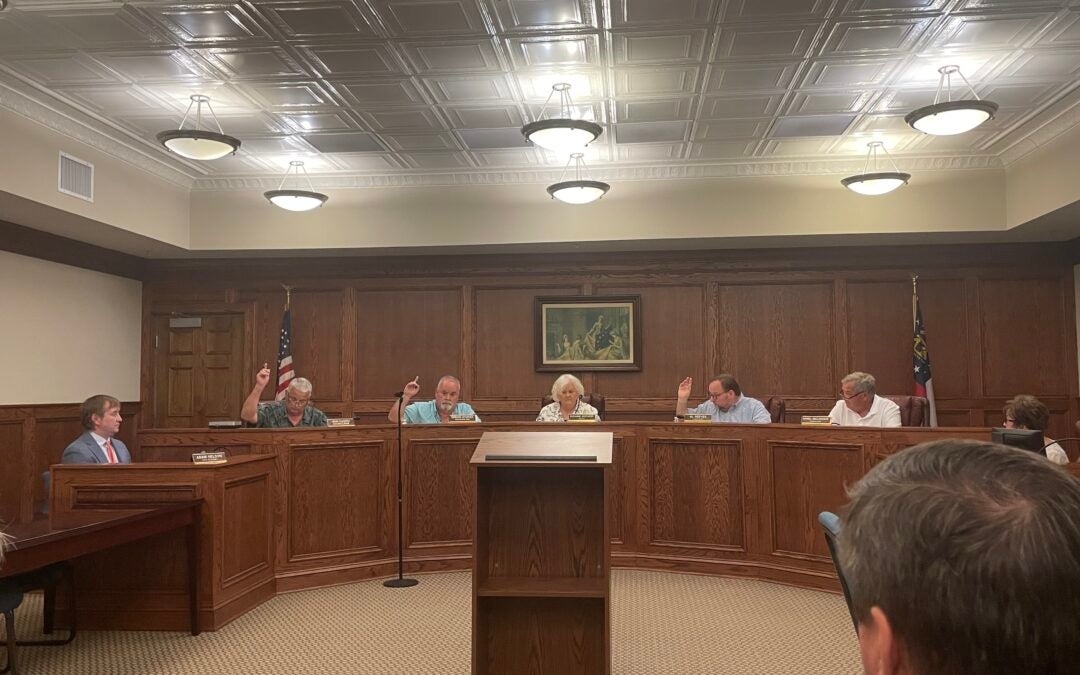No matter how it is measured, in-person education in the CSRA is a tale of two systems approaching a pandemic in two different ways.
Richmond County School System takes a flexible approach to maneuvering through COVID-19.
[adrotate banner=”13″]
In Richmond County, the decision boils down to teacher-student ratio, according to a video on its YouTube channel. The decision to keep a school open is based fundamentally on the number of healthy teachers, not the number of sick students, though other variables may be weighed as well, said Chief Public Relations Officer Lynthia Ross.
According to Ross, the system’s approach requires adaptability. In November, the system transitioned to online instruction not because of the number of available teachers slipped too low but because the number of ill bus drivers was too high.
Approximately 60 percent of more than 29,000 RCSS students have elected to attend in-person classes. The student body requires the school system to have enough teachers to instruct more than 17,000 students at any given time. When an individual school experiences a teacher shortage, a decision is made to transition the school to online learning.
Schools throughout Richmond County have transitioned multiple times during the pandemic. Reports pertaining to the week ending Jan. 29 reveal COVID-19 directly affected 120 students and left 493 in quarantine. RCSS transitioned three schools that week. The same week, 67 employees tested positive and another 179 quarantined. The length of time a school transitions depends on when teacher availability returns to a high enough number. The school system juggles COVID-19-related absences along with routine and requested days off, Ross said.
Columbia County Schools tackles COVID-19 as a collaborative effort. Published on the system website is a Collective Responsibility Agreement and guidance for parents about monitoring their children and deciding when to keep them at home.
[adrotate banner=”19″]
According to Dr. Sandra Carraway, school superintendent, the district depends upon teachers, staff and parents to participate actively in keeping absentee numbers low enough for schools to remain open. When a student presents symptoms, parents are asked to isolate them for a period of 10 days. Students may return to school once they are substantially symptom free.
The collaborative approach seems to be working for Columbia County’s body of approximately 25,000 students who are attending classes face-to-face. Reports pertaining to Jan. 29 reveal 134 students and 51 employees tested positive for COVID-19 that week. The virus infected less than 1 percent of students and less than 2 percent of its employees. Eighty-six percent of the student body attends in-person classes.
“We have not closed schools as we have been able to staff our classes appropriately,” Carraway said in an email Feb. 2.
Both the Georgia Department of Public Health and the Centers for Disease Control and Prevention offer guidance for closing schools and recommendations on running them amid the pandemic.
The guidance differs as much as the two counties’ approaches. Although the CCSD website specifically mentions following CDC guidance, Carraway said she seeks guidance from both agencies, along with the American Academy of Pediatrics and medical experts. Ross said RCSS gets their guidance from the state health department. The public health agency shares reports with both school systems.
School closure criteria used by the Georgia Department of Public Health is based on educator absenteeism, specifically when numbers fall so law the “ability of the school to function effectively” is affected.
By contrast, the CDC recommends extended (eight weeks to 20 weeks) school dismissals for moderate-to-substantial community spread. Based on public health department school indicator reports monitored by CCSD authorities, community spread has not reached that level. In line with the CDC, Carraway believes that “short-to -medium closures of less than a month do not impact the epi curve of COVID-19,” and further suggested the school system is offering students and staff a safer environment by remaining open.
[adrotate banner=”26″]
“Research is now being reported that supports this position,” Carraway said of keeping in-person classes intact. “Further, closures are only effective if individuals isolate, and our community is not doing that as a whole.”
Carraway feels confident the collaborative approach is paying off. The goal is to keep the schools open for in-person learning. She attributes low numbers of COVID-19 numbers to the safety measures the school district has in place, along with the raised awareness teachers have due to practicing those measures.
The cost of providing in-person classes for a majority of the students and staff carries a price tag of about $600,000, she said. Some of the COVID-19 related adjustments include the installation of “needlepoint ionization modules that clean the air of the virus,” and time-consuming contact tracing. It is a price Carraway feels is necessary to protect the mental health of the students.
“The American Academy of Pediatrics has reported that schools are critical to the mental, social, emotional and physical well-being of children, not to mention how important their education is. Suicides among teens has increased, supporting the contention that schools are critical to the well-being of students,” she said.
The success of the RCSS approach is difficult to measure and define. Some of the system’s schools were equipped with needlepoint ionization modules prior to the onset of the pandemic. The rest of the schools continue to exist without the air cleaning technology.
Government funds support and enable COVID-related supplies and adjustments, in addition to internet access for online and transitioned students. The system has successfully navigated its response with the “health and safety of the students, staff and community in mind,” according to Ross. RCSS and the state health department maintain a good relationship. They have worked with families, parents and public health officials to “overcome the challenges of educating their children in the midst of a pandemic,” she said.
Shellie Smitley is a correspondent for The Augusta Press. Reach her at producers@theaugustapress.com
[adrotate banner=”36″]











